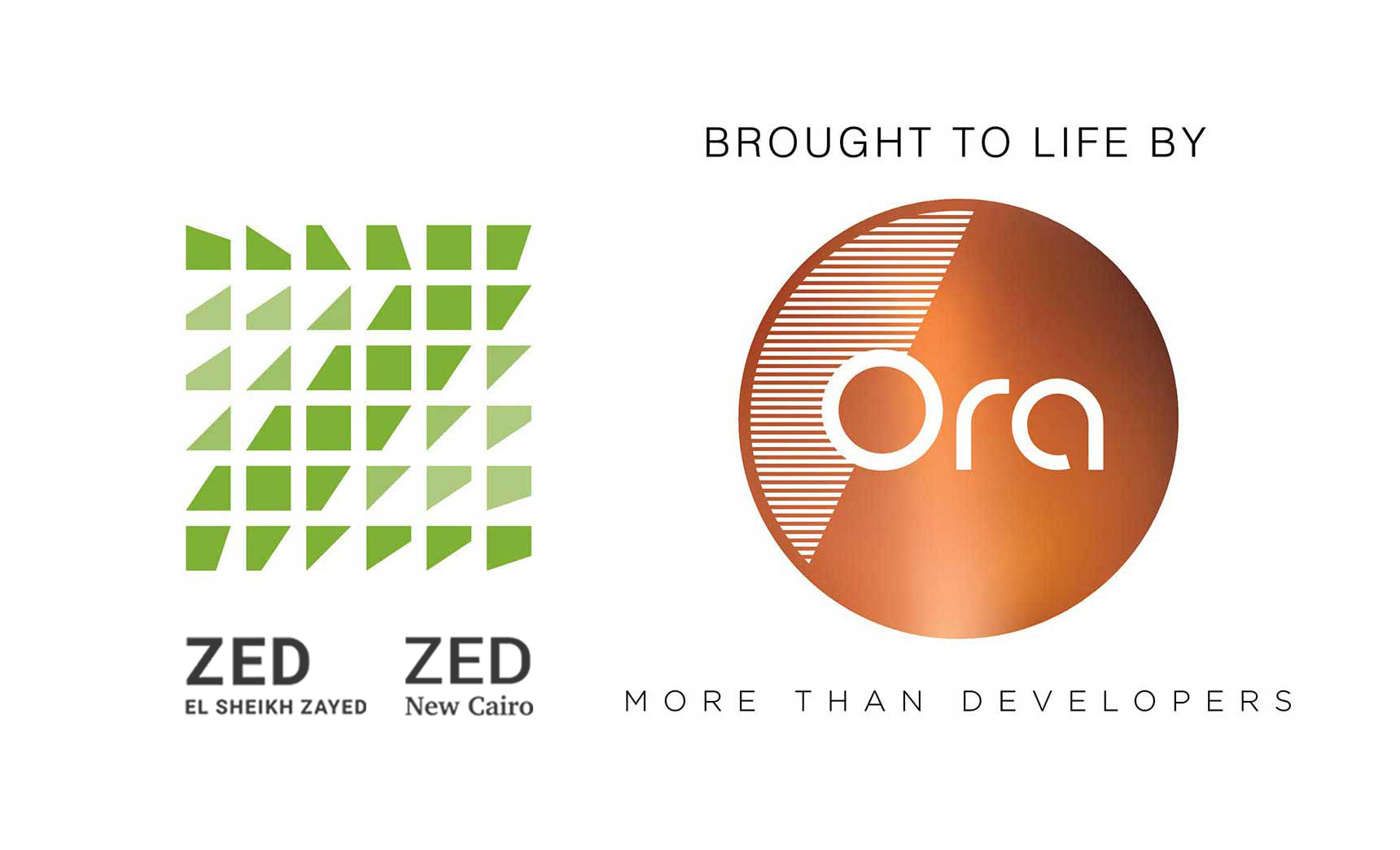
Commercial real estate terms and definitions are among the most important tools needed by any real estate professional. Compiling a commercial real estate glossary became as essential as having experience in the field.
However, many people get stuck on the numerous commercial real estate terms and definitions that they don’t know.
The good news is, this article introduces a comprehensive definition for 23 of the most prominent commercial real estate terms and definitions. It also tackles the topic of AI in commercial real estate. Lastly, it will answer the top commercial real estate-related FAQs.
Commercial Real Estate Investing for Dummies
As you know, commercial real estate involves the process of developing, buying, selling, or leasing a real estate property that was created for commercial (non-residential) use. This property could be an office space, a retail store, or a medical clinic.
Commercial real estate terms and definitions are numerous, however, one could stick to the major and commonly used terms. In commercial real estate, you will hear the following terms:
-
- Net operating income (NOI)
- Vacancy rate
- Operating expenses
- Taxes insurance
- Income generated
- Leasing vs buying
- Return on investment
- Cash flow
- Capitalization rate (CAP rate)
- Rental rate
- Rental yield
- Property Management
- Tenant Improvements (TI)
- Zoning Regulations
- Anchor Tenant
- Commercial property
- Industrial property
- Lease Agreement (and its types: gross, net, triple net)
- DSCR (Debt Service Coverage Ratio)
- Gross rent multiplier (GRM)
- Gross lease vs net lease
- Triple Net Lease (NNN)
- CAM (Common Area Maintenance)
We will tackle each of these terms in detail in the following sections.
Also, don’t forget to take a look at: A Detailed Guide To The Key Real Estate Terms You Must Know In 2024
Net Operating Income (NOI)
The net operating income (NOI) is a key term in determining the profitability of any commercial property. It implies the income coming from a property after deducting its operating expenses but before paying taxes and loan payments.
It is calculated by subtracting operating expenses from total rental income.
Vacancy Rate
Simply put, a vacancy rate in commercial real estate is a term that is used to describe the usage of a commercial property. It is the percentage of unused rental units (or rental area) in a certain commercial property.
It is calculated by dividing the vacant units in a commercial property (or area) by the total units available in the property (or total area), multiplied by 100 to get a percentage.
Why is this important? Well, when the vacancy rate is high, that might mean a low market demand. That’s not always a bad sign, but it is definitely something to look for, especially if you are considering flipping the unit after some time.
Operating Expenses
Operating expenses are the daily costs of running any commercial property. This might include maintenance, insurance, utilities, and security.
These expenses are paid by the tenants of the commercial property. It is included in the annual fees of renting/buying a commercial property.
For instance, tenants of properties in the business parks of any area, such as New Cairo, El Sheikh Zayed, or New Capital, need to pay these expenses as part of renting or buying the commercial property.
Taxes Insurance
Tax insurance is among the widely known commercial real estate terms and definitions. It refers to a tax policy that protects the commercial property owner and tenant from extra tax bills in case new tax regulations are implemented.
Income Generated
Income generated in commercial real estate simply refers to the income that is generated to the property developer or owner from the investment in commercial real estate properties.
This income is normally generated from renting commercial properties, parking fees around those properties, maintenance, and other service fees.
Leasing VS Buying
In simple terms, leasing a commercial property implies renting it from a developer or owner. On the other hand, buying the commercial property implies being the direct owner of the property.
Also, leasing a commercial property does not give you the space to make many modifications to the property, you also don’t have a chance for future expansions. On the other hand, buying the property gives you bigger space to modify it according to your needs, and adds to your future investment potential.

Return On Investment (ROI)
The return on investment (ROI) is among the very well-known commercial real estate terms and definitions. It is used to refer to the profitability of investing in a commercial property. Simply put, it is the percentage of profit generated from investing in a certain property.
It is typically calculated by dividing net profit by total investment multiplied by a hundred to get a percentage.
Read more about ROI in this article: Best Return on Investment for Real Estate Market
Cash Flow
Cash flow is one of the key definitions in commercial real estate. It is crucial to decide whether the commercial property is making a profit or a loss. Simply put, the cash flow refers to the amount of actual money the owner of the commercial property gains after paying its expenses.
It is considered the net income, which is calculated according to the following equation:
Cash flow = Rental income – Operating expenses – Debt payments
Capitalization Rate (CAP Rate)
The capitalization rate (CAP rate) is used to calculate the expected rate of return of a commercial property. It is usually a metric that is used to calculate the profitability of a commercial unit.
It is typically calculated by dividing net operating income (NOI) by the property’s asset value (purchase price) multiplied by hundred to get a percentage.
Rental Rate
The rental rate is the cost that the tenant of a commercial property pays to the property owner. It is typically based on many factors, including the property’s:
- Location
- Amenities
- Type
Rental Yield
The rental yield of a commercial property is a term that refers to the percentage of the profit of a commercial property. This percentage is calculated by comparing the rental income with the property’s market value.
Typically, annual rental income is divided by the property’s market value multiplied by a hundred to result in the percentage of the property’s rental yield.
Property Management
Property management is one of the key terms in real estate in general and in commercial real estate in particular. It refers to the day-to-day handling and operation of a commercial property. This might include maintenance, security, visitor management services, cleaning, and many more.
Tenant Improvements (TI)
Tenant improvement is a widely known term among commercial real estate terms and definitions.
It refers to the modifications and changes a tenant makes to the commercial property that is being leased.
Zoning Regulations
Zoning regulations refer to the regulations set by the government that typically explain how zones can be commercially used. In other words, zoning regulations indicate the commercial use of a commercial property in certain zones.
For instance, some commercial properties in certain zones in New Cairo are only allowed to operate as retail stores. The tenant cannot operate it as an F&B outlet.
Anchor Tenant
An anchor tenant is an important term in the commercial real estate glossary. It refers to a prominent, large-scale business or chain of businesses that operates in a certain commercial property and helps attract tenants to this property.
Other businesses are attracted to the property thanks to this anchor tenant’s reputation.
Commercial Property VS Industrial Property
Usually, people interchange a commercial property for an industrial property and vice versa. However, they are not the same. A commercial property, as explained beforehand, is used for commercial purposes (retail, office, F&B).
While the industrial property is used for industrial needs such as being a factory, warehouses, and an inventory distribution spot.
Lease Agreement
A lease agreement is a legally binding contract between the tenant and the landlord or the owner of the commercial property.
The lease agreement usually has many types, however, the most well-known of them are:

- Gross lease: an agreement in which the tenant pays a flat rent and the owner of the property pays its expenses
- Net lease: an agreement in which the tenant pays a rent in addition to some of the external expenses
- Triple Net Lease (NNN): is an agreement where the tenant pays the rent in addition to three additional costs, which are insurance, maintenance, and taxes
DSCR (Debt Service Coverage Ratio)
DSCR (Debt Service Coverage Ratio) is a central financial term in commercial real estate that is used to measure a business’s ability to cover its debt payments through studying its income.
In other words, it is an equation calculated by dividing net operating income (NOI) by total debt service to see whether a company can finance its debt through its income or not.
Gross Rent Multiplier (GRM)
Gross rent multiplier (GRM) is the calculation of the percentage of a commercial property’s purchase price relative to its annual rental income.
In other words, GRM calculates the expected number of years in which a commercial property would return its purchase price. It is typically calculated by dividing the property’s price by gross annual rental income.
CAM (Common Area Maintenance)
Common area maintenance is a term typically used to refer to the costs paid by tenants to maintain shared areas in commercial properties. Those include hallways, elevators, parking lots, lobbies, landscaping, and security.
Now that you know most of the prominent commercial real estate terms and definitions, you need to get a glimpse at the commercial real estate and AI.
Why?
Simply because AI is now a major player in all industries, you need to know how AI could help you as a commercial business owner.
AI in Commercial Real Estate
AI is very beneficial in the real estate sector, especially when it comes to commercial real estate. Using AI, you can structure data to make well-informed business decisions, including where to operate your business.
Also, AI can help you predict needed maintenance before it’s due, which helps decrease the maintenance cost.
Don’t forget that AI can also help you as a commercial property owner to price your property and market it.
Don’t forget to find out more about AI applications in real estate from this article: Augmented Reality and Real Estate: The Future is Now
Final Thoughts
Commercial real estate research and analysis can be a tiring task for those who intend to enter the market, and even for those who are already in. Getting lost between various commercial real estate terms and definitions makes the process even worse.
That is why this article was focused on uncovering and explaining many key commercial real estate terms and definitions.
Now, it is time you took action. Thanks to Nawy’s property listing platforms, it is now easier than ever to choose and get a commercial real estate property. With the help of our professional team of property consultants, the process is seamless and flexible.
Top Commercial Real Estate FAQs
How to sell commercial real estate?
Selling commercial real estate can be done through an agent or directly from the commercial real estate developer. All you need to do is market your property and put a reasonable market price. Whether you are a developer or an agent, you can sell your commercial real estate property through Nawy’s platforms.
Where can you find commercial real estate listings?
Nawy has a large inventory of commercial property listings.
Can a real estate agent sell commercial property?
Yes, a licensed real estate agent can sell commercial properties.
What type of commercial property is most profitable?
The profitability of commercial real estate property depends on many factors such as its location, market demand, and its amenities. However, it is widely known that office spaces are the most profitable type of commercial real estate. Directly after it comes the retail stores.














